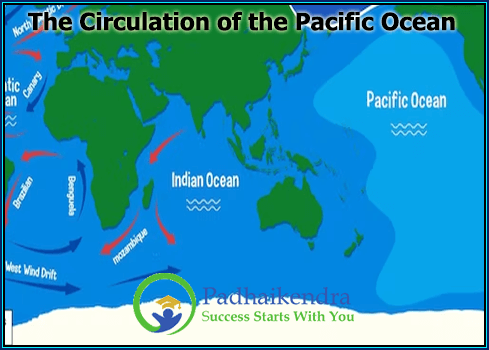The circulation of the Pacific Ocean is driven by a combination of wind, temperature, and salinity differences, which create a system of interconnected ocean currents that circulate water around the basin. The circulation is known as the Pacific Meridional Overturning Circulation (PMOC) and is responsible for redistributing heat and nutrients around the globe.
The PMOC can be broken down into several main components:
- The North Pacific Current: This is a warm, fast-moving surface current that flows northward along the east coast of Asia before crossing the Pacific Ocean. The North Pacific Current is a major contributor to the warm temperatures in northern Asia.
- The Kuroshio Current: This is a warm, fast-moving surface current that originates in the western Pacific and flows northward along the east coast of Japan before turning eastward into the North Pacific Current. The Kuroshio Current is one of the strongest currents in the world and has a significant impact on climate and weather patterns in the western Pacific region.
- The Equatorial Currents: These are a group of eastward-flowing currents that circulate around the equator in the Pacific Ocean. The Equatorial Currents play a key role in redistributing heat and nutrients around the Pacific Basin.
- The North Pacific Subtropical Gyre: This is a large, clockwise-rotating system of ocean currents that dominates the subtropical North Pacific Ocean. The North Pacific Subtropical Gyre plays an important role in redistributing heat and nutrients around the Pacific Basin and is influenced by a variety of factors, including wind, temperature, and salinity differences.
- The Antarctic Circumpolar Current: This is a strong, eastward-flowing current that circles around Antarctica and connects the Atlantic, Indian, and Pacific Oceans. The Antarctic Circumpolar Current is the only current that completely circles the globe and plays a key role in redistributing heat and nutrients around the world.
In addition to these main currents, the PMOC also includes a number of other currents, including the California Current, the Peru Current, and the North Equatorial Current. These currents play a role in redistributing heat and nutrients around the Pacific Basin and are influenced by a variety of factors, including wind, temperature, and salinity differences.





